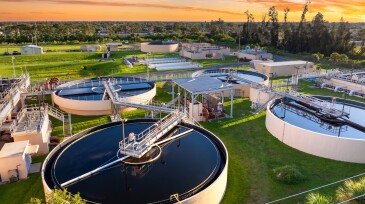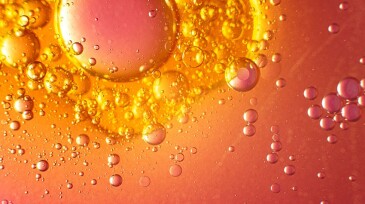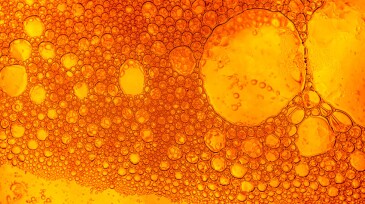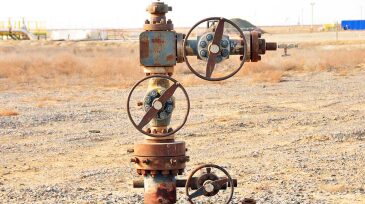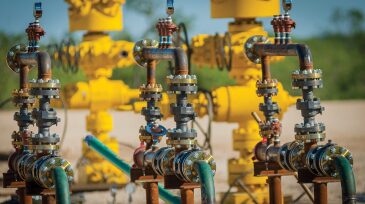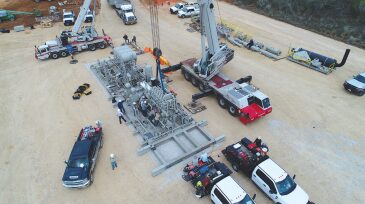shale EOR
-
This study compares water-based chemicals including surfactants, nanoparticles, and ketones that can be used for enhancing the oil recovery of shale-oil reservoirs.
-
The transaction supports Occidental Petroleum's operations in the Permian Basin and its enhanced oil recovery program.
-
A New Texas Two-Step: Why One Eagle Ford Producer Is Using Hydrocarbons for Well Stimulation and EORBlackBrush Oil & Gas tells JPT about its use of natural gas liquids and condensate to increase oil recovery in horizontal shale wells.
-
Secondary and tertiary efforts are critical for sustaining the productive lives of unconventional plays.
-
Shale Ingenuity’s first pilot used common natural gas liquids to boost daily output 30-fold from a low-producing horizontal well in Texas.
-
Pilots and papers are plentiful, but the shale sector has no big enhanced oil recovery projects to speak of. It may just have to stay that way for a while.
-
Though shelved by low oil prices, the plan to execute the largest enhanced oil recovery program of its kind offers insights into what it may take for the shale sector to escape pilot mode and scale up gas huff ’n’ puff operations.
-
In this episode, we discuss the state of shale EOR in the US and what hydrocarbon producers need to know about seperator oil shrinkage.
-
The projects are designed to reduce technical risks in enhanced oil recovery and expand application of EOR methods in conventional and unconventional reservoirs.
-
There is every reason to believe that enhanced oil recovery through huff-and-puff injections in US tight-oil plays could be a technical success across large numbers of wells. However, widespread economic success remains uncertain.
Page 1 of 2


